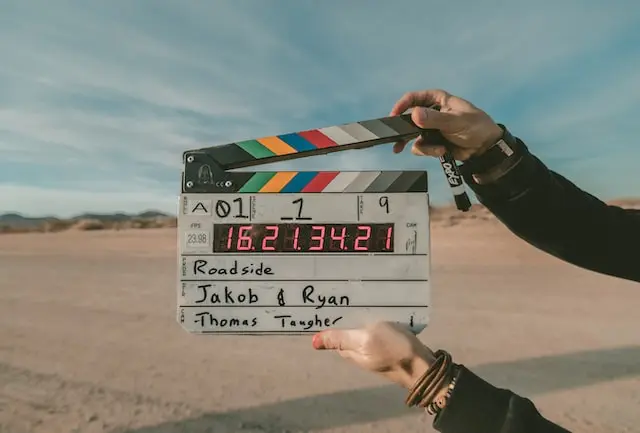Go back

The Function of Design
Episode number: 1
Overview: This is an opening lecture. The principles of functional design for sustainability are unique to Permaculture design.

Fundamentals Of Pattern
Episode number: 2
Overview: From a singular event all other events are set in motion in recognizable and predictable patterns This pattern recognition is the core of design in Permaculture.

Pattern Application
Episode number: 3
Overview: Efficiency of energy, resources, and time, and the creation of highly productive systems are the results of good Permaculture design. The methods are obvious once we have become co-creative with the forces of nature.

Home Gardening Part 1
Episode number: 4
Overview: Find out why it is so important to grow your own food and how to install the easiest, and highly productive, home food propagation systems; mulch garden, potato box, herb's spiral, and more. You don't need much space. These are basic Permacultural techniques.

Home Gardening Part 2
Episode number: 5
Overview: Find out why it is so important to grow your own food and how to install the easiest, and highly productive, home food propagation systems; mulch garden, potato box, herb's spiral, and more. You don't need much space. These are basic Permacultural techniques.

Trees 1
Episode number: 6
Overview: The tree is life - profound, magnificent, and mysterious. To learn what little we can know of trees is sufficient to leave one awestruck and reverent.

Trees 2
Episode number: 7
Overview: Why is a tree green? Where does a tree end or begin? Why have all human societies destroyed the tree? A Mollison rave.

Farmer's Trees
Episode number: 8
Overview: These are very specific trees which are used around the world for their ability to improve soils. They are invaluable in range for livestock, as well as in fields under cultivation.

Forests And Woodlands
Episode number: 9
Overview: Methods to plant, sustain, and best utilize woodland and wood for fuel, forage, windbreak and construction.

Pasture And Range Restoration
Episode number: 10
Overview: What is cultura promiscua? To maintain functional bio-diversity is a basic tenet of Permaculture. Severely degraded land can be easily restored to highly productive land by using good observation techniques, plants and animals in succession, and common sense.

Soil Conditioning
Episode number: 11
Overview: ... a continuation of #10. Two main techniques: the chisel-plow, and the wonders of worms and how to cultivate them. The patterns described in these two videos can be replicated in any type of Permaculture system, and scaled to any size.

Water
Episode number: 12
Overview: ...a continuation of the Trees episode. Potable water - where does it come from? How did it get there? What has become of it? What we can do to ensure that we will have safe water to drink, and to conserve as much of this precious material as possible.

Aquaculture
Episode number: 13
Overview: Once one has learned to harvest water, then the real fun begins with production of the myriad of foods and marketable commodities hosted by ponds and other water-rich environments.

Planting In Drylands
Episode number: 14
Overview: There are a multitude of ways to harvest, conserve, and utilize water. These strategies apply to coastal regions or islands with with zero precipitation, arid lands, as well as to areas with plentiful seasonal rainfall.

Drylands 1
Episode number: 15
Overview: As desert is rapidly claiming vast areas of our planet, millions are on the verge of starvation. Yet, crops which occur naturally in arid land can provide all necessary nutrition for people and animals. The strategies discussed arise from years of observation in the deserts of Australia and from the peoples of Kalahari.

Drylands 2
Episode number: 16
Overview: ... continuation of Drylands 1. Never, never irrigate the desert. The devastation caused by irrigation of arid land is irreparable. But there are alternatives: methods to set up a drought proof system. This is serious Permaculture!

Working at Ground Level
Episode number: 17
Overview: A documentary on the permaculture work done in Ecuador by the Rainforest Information Center, Centro de Investigatión de los Bosques Tropicales.